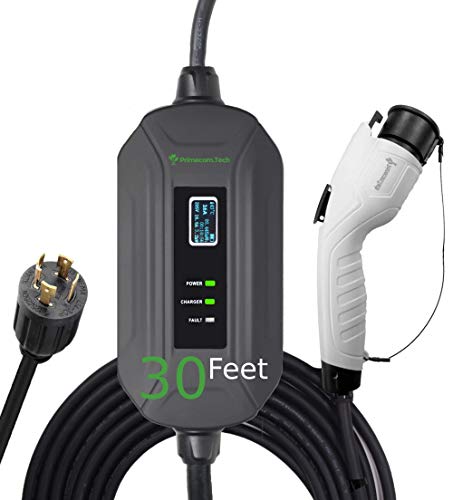On a related note, due to the physical configuration of one of the outdoor/while-in-use-covered outlets I use regularly, I decided to change the straight-exit plug on the supplied cord to a plug with a 90-degree cable exit. Since it's a mechanically-assembled plug, easy enough to disassemble & properly install the high-quality right-angle one, right? Well, not quite...
I've never seen such an over-complication of a fundamentally simple device! First of all, what on casual inspection appear to be Phillips screws are NOT - they're triad security screws, requiring a special driver. Fortunately I have a set of "security bits" (an old purchase from Harbor Freight) which contained the correct bit.
Once the two visible screws are removed, nothing moves. Ah ha! There is a black "rubber band" around the body of the plug, concealing the lateral cable-clamp bolts. Same driver as noted above; and oh yes, it better be a good one since these puppies are installed with loctite just to add a bit more of a challenge.
Sure, you could just cut off the old plug, but how much fun would that be?
Anyway, job done with the desired result - and kind of an unexpected benefit: When the new plug is inserted in the outlet, it only works in the upper socket, and precludes use of the lower one. A good thing, really, since it pulls about as much current as one should from the outlet anyway!
BTW the outlet in use is a GFCI, and there have been no issues with it tripping, or causing the one in the cord to trip.
Pete



























